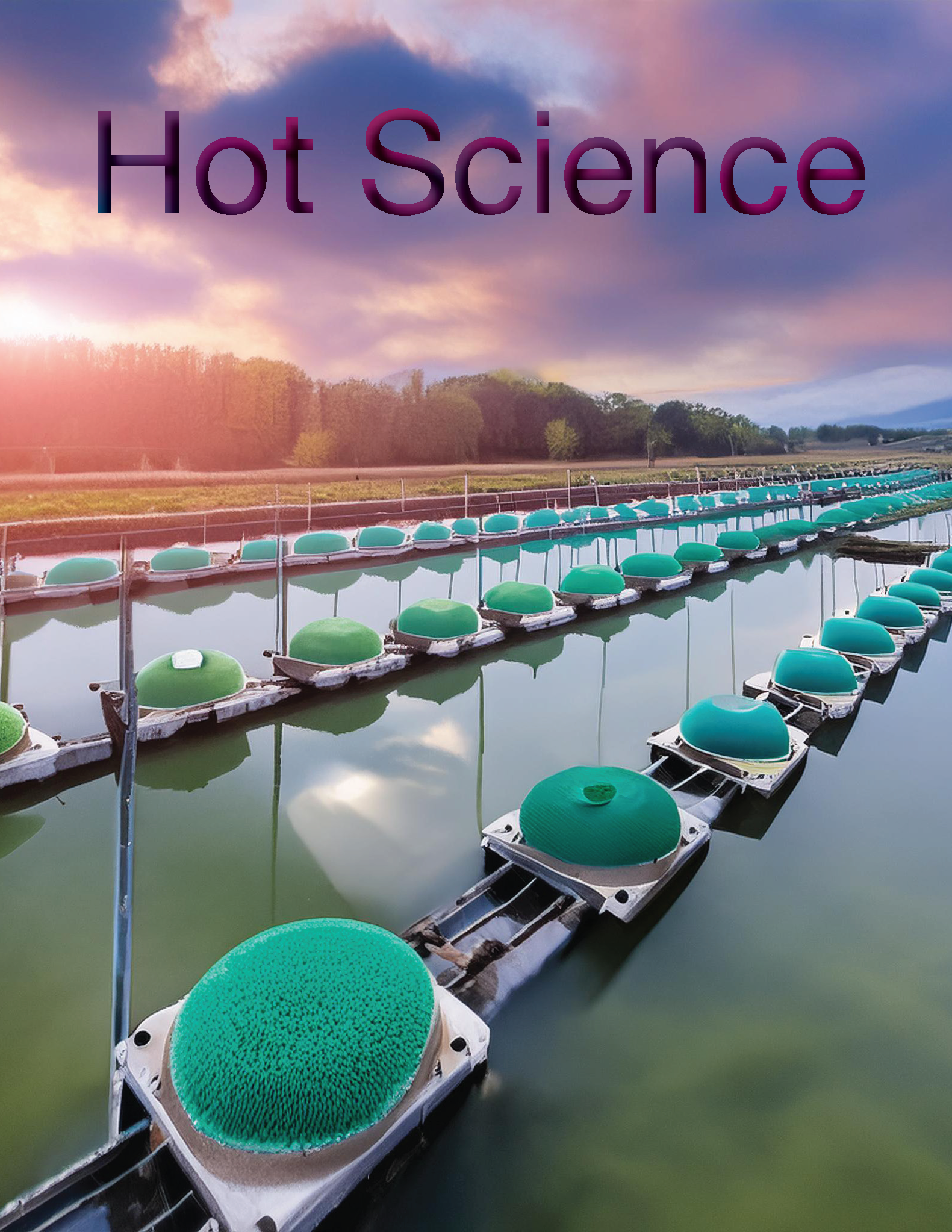Wonders unveiled: The transformative power of microorganisms in constructed wetlands
Keywords:
microorganisms, pollutant degradation, constructed wetlandsAbstract
Constructed wetlands are advanced technologies for treating wastewater, relying on natural processes. They operate through the synergistic collaboration of various elements such as plants, filter media, the contaminants present in wastewater, and microorganisms, the latter being crucial for degrading water pollutants. Although vital, the diversity, proliferation, and effectiveness of microorganisms in these systems are still poorly understood. This article seeks to fill that gap by offering a detailed insight that enriches the understanding of their role in constructed wetlands and assists in the design and management of wastewater treatment.
References
Wang, J., Long, Y., Yu, G., Wang, G., Zhou, Z., Li, P., Zhang, Y., Yang, K., & Wang, S. (2022). A Review on Microorganisms in Constructed Wetlands for Typical Pollutant Removal: Species, Function, and Diversity. Frontiers in Microbiology, 13. https://doi.org/10.3389/fmicb.2022.845725
Fester, T. (2013). Arbuscular mycorrhizal fungi in a wetland constructed for benzene‐, methyl tert ‐butyl ether‐ and ammonia‐contaminated groundwater bioremediation. Microbial Biotechnology, 6(1), 80–84. https://doi.org/10.1111/j.1751-7915.2012.00357.x
Wang, Y., Chen, P., Yu, X., & Zhang, J. (2022). Algae-bacteria symbiotic constructed wetlands for antibiotic wastewater purification and biological response. Frontiers in Microbiology, 13. https://doi.org/10.3389/fmicb.2022.1044009
Alexandros, S. I., & Akratos, C. S. (2016). Removal of Pathogenic Bacteria in Constructed Wetlands: Mechanisms and Efficiency. In Phytoremediation (pp. 327–346). Springer International Publishing. https://doi.org/10.1007/978-3-319-41811-7_17
Shingare, R. P., Thawale, P. R., Raghunathan, K., Mishra, A., & Kumar, S. (2019). Constructed wetland for wastewater reuse: Role and efficiency in removing enteric pathogens. Journal of Environmental Management, 246, 444–461. https://doi.org/10.1016/j.jenvman.2019.05.157
Stottmeister, U., Wießner, A., Kuschk, P., Kappelmeyer, U., Kästner, M., Bederski, O., Müller, R. A., & Moormann, H. (2003). Effects of plants and microorganisms in constructed wetlands for wastewater treatment. Biotechnology Advances, 22(1–2), 93–117. https://doi.org/10.1016/j.biotechadv.2003.08.010
Saeed, T., & Sun, G. (2012). A review on nitrogen and organics removal mechanisms in subsurface flow constructed wetlands: Dependency on environmental parameters, operating conditions and supporting media. Journal of Environmental Management, 112, 429–448. https://doi.org/10.1016/j.jenvman.2012.08.011

Downloads
Published
How to Cite
Issue
Section
License
Copyright (c) 2024 Revista de divulgación científica iBIO

This work is licensed under a Creative Commons Attribution-NonCommercial-NoDerivatives 4.0 International License.
Self-archiving or deposit of the works in their post-publication version (editorial version) is permitted in any personal, institutional or thematic repository, social or scientific networks. The above applies from the moment of publication of the article in question on the website of the Revista de divulgación científica iBIO.




